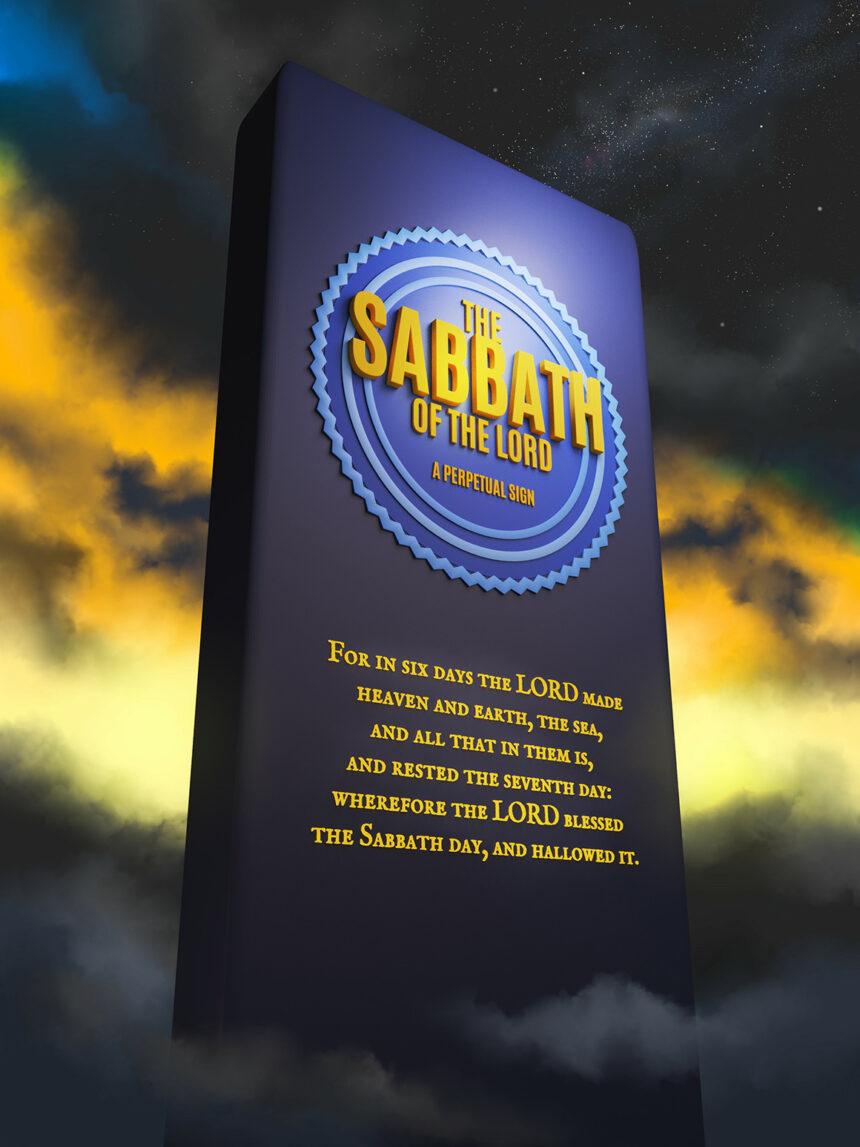While the Torah calls on believers to wear God's commandments as signs on their hands and foreheads, Revelation raises the question of whether the mark of the beast replaces these commandments. By Kai Mester
Reading time: 3 minutes
The mark of the beast people wear it shortly before the Second Coming "on their right hand or on their forehead" (Revelation 13,17:XNUMX). There has been a lot of speculation about what it is.
Already in the Torah, God's community is asked to "bind God's commandments as a sign on your hand, and they will be a mark between your eyes" (Deuteronomy 5:6,8). To this day, Jews wrap tefillin around their hands and foreheads.
Jesus already mentioned these phylacteries, to which prayer capsules are attached, in which small scrolls of handwritten Torah passages are stuck, when he said: "The scribes and Pharisees... make their phylacteries (tefillin) wide and the tassels (tziziyot) on their clothes great.« (Matthew 23,5:XNUMX) His criticism was neither of the tefillin nor of the threads, nor of the written capsules (mesuzot) on the doorposts of Jewish households, but of the competitive display of piety.
From a Jewish perspective, it is immediately clear that the mark of the beast replaces God's commandments. Anyone who accepts the mark of the beast rejects God's will.
No Christian tradition has so obviously replaced one of the Ten Commandments as Sunday, which replaced the biblical day of rest.
The Passover Sabbath is also linked to this motif in the Torah: "Seven days you shall eat unleavened bread, and on the seventh day is the feast of the LORD...Therefore it shall be to you as a sign on your hand and as a mark between your eyes, so that the law of the LORD be in your mouth; for the LORD brought you out of Egypt with a mighty hand." (Exodus 2:13,6.9, XNUMX)
Deliverance from the bondage of sin
Gentiles also celebrate liberation from the bondage of sin on the weekly Sabbath, “for you shall remember that you also were a slave in the land of Egypt, and the LORD your God brought you out from there with a mighty hand and with an outstretched arm. Therefore the LORD your God has commanded you to keep the Sabbath day" (Deuteronomy 5:5,15).
And it is precisely this Sabbath and freedom from sin that will be called into question by the mark of the beast.
“Therefore I will sacrifice to the LORD every male that comes forth first from the womb, but I will redeem the firstborn of my sons. And this shall be a sign upon your hand, and a mark between your eyes; for the LORD brought us out of Egypt with a mighty hand." (Exodus 2:13,15.16, XNUMX)
While the mark is only applied to the forehead OR hand because many of its bearers are not internally convinced and only conform externally, God's children bear his seal and name on their foreheads (Revelation 7,3:14,1; XNUMX:XNUMX).
Anyone who internalizes God's character in their hearts will also recognize his Sabbath, his Sabbath that gives rest and freedom to those in bondage, "so that your servant and your maidservant may rest as you do" (Deuteronomy 5:5,14). For “the Sabbath was made for man’s sake” (Mark 2,27:XNUMX).



Leave a Comment